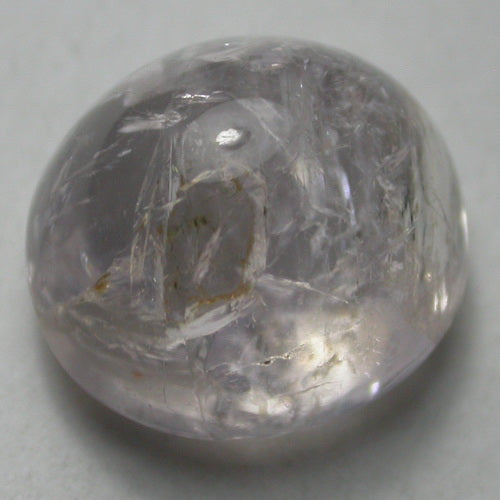1
/
of
2
cherrygemssg
Natural Tourmaline Cabochon 2TRB105
Natural Tourmaline Cabochon 2TRB105
Regular price
$100.00 SGD
Regular price
Sale price
$100.00 SGD
Unit price
/
per
Shipping calculated at checkout.
Couldn't load pickup availability
Tourmaline is a fascinating and colorful mineral group that comprises several different mineral species. It is known for its wide variety of colors and unique crystal structures. Here are some key points about tourmaline:
Colors and Varieties: One of the most remarkable features of tourmaline is its wide range of colors. It occurs in virtually every color of the rainbow and is one of the few minerals that can display multiple colors within a single crystal. Some well-known tourmaline varieties include:
Rubellite: The red to pink variety of tourmaline.
Indicolite: The blue variety of tourmaline.
Verdelite: The green variety of tourmaline.
Watermelon Tourmaline: A variety with a pink center and green outer rim, resembling a watermelon slice.
Schorl: The black variety of tourmaline, which is the most common type.
Occurrence: Tourmaline can be found in various geological settings. It occurs in igneous rocks, such as granites and pegmatites, as well as in metamorphic rocks. Tourmaline can also form in hydrothermal veins and alluvial deposits.
Gemstone and Jewelry Use: Many varieties of tourmaline are used as gemstones in jewelry. The vibrant colors and the possibility of bi-color or tri-color crystals make them popular among gemstone enthusiasts and collectors.
Tourmaline Cat's Eye: Certain tourmaline varieties can display a chatoyancy effect, also known as the "cat's eye" effect. This phenomenon creates a bright band of light that moves across the surface of the gemstone when it is properly cut and polished.
Overall, tourmaline is a captivating mineral group that has captivated the interest of gemologists, mineral enthusiasts, and crystal healers alike. Its diverse colors and unique properties make it a sought-after gemstone and a fascinating subject of study in the world of mineralogy.
Colors and Varieties: One of the most remarkable features of tourmaline is its wide range of colors. It occurs in virtually every color of the rainbow and is one of the few minerals that can display multiple colors within a single crystal. Some well-known tourmaline varieties include:
Rubellite: The red to pink variety of tourmaline.
Indicolite: The blue variety of tourmaline.
Verdelite: The green variety of tourmaline.
Watermelon Tourmaline: A variety with a pink center and green outer rim, resembling a watermelon slice.
Schorl: The black variety of tourmaline, which is the most common type.
Occurrence: Tourmaline can be found in various geological settings. It occurs in igneous rocks, such as granites and pegmatites, as well as in metamorphic rocks. Tourmaline can also form in hydrothermal veins and alluvial deposits.
Gemstone and Jewelry Use: Many varieties of tourmaline are used as gemstones in jewelry. The vibrant colors and the possibility of bi-color or tri-color crystals make them popular among gemstone enthusiasts and collectors.
Tourmaline Cat's Eye: Certain tourmaline varieties can display a chatoyancy effect, also known as the "cat's eye" effect. This phenomenon creates a bright band of light that moves across the surface of the gemstone when it is properly cut and polished.
Overall, tourmaline is a captivating mineral group that has captivated the interest of gemologists, mineral enthusiasts, and crystal healers alike. Its diverse colors and unique properties make it a sought-after gemstone and a fascinating subject of study in the world of mineralogy.
Share




